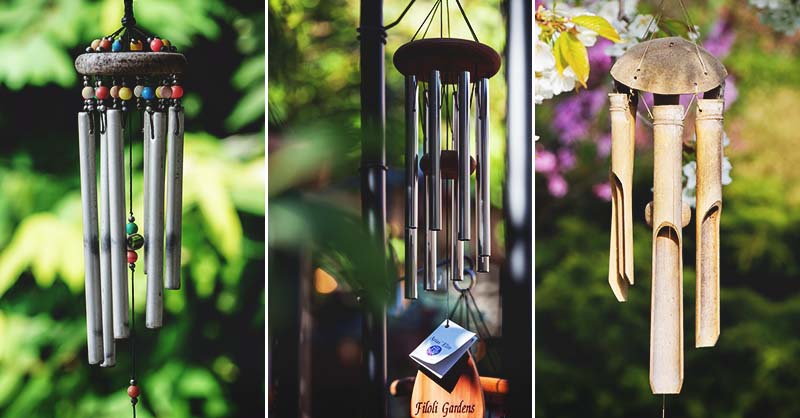Wind chimes review

Wind Chimes - Durability, Sound, Types, and Notes
Wind chimes are percussion instruments that are made of suspended objects. Wood and metal are common materials for wind chimes. There are several factors to consider when purchasing a wind chime. In this article, we'll discuss durability, sound, types, and notes. If you're still unsure of which type is right for you, keep reading. You'll be amazed by the variety of sounds these instruments can produce! Check out memorial wind chimes to learn more.
Durability
When buying wind chimes, consumers should pay special attention to their durability. Though some cheap wind chimes might look nice and offer a good performance, their durability is in doubt. They may even have poor performance, so consumers should opt for a more expensive wind chime with higher durability. Additionally, consumers should also consider the attachment of a headlamp to the wind chimes. Finally, the wind chimes should be able to pass standardized impact tests.
Sound
The sound of wind chimes is a fascinating form of music that is unique to the sound of a wind turbine. These instruments have a resonator, a bamboo cylinder that has eight metal rods, each striking a disk on the wind sail. The resulting sound is a series of simple songs and broken chords. The chimes are very popular with children and adults alike, and they have a wide variety of uses, from enhancing the mood of a room to relaxing the soul.
Notes
To achieve the correct tone, wind chimes are often tuned to a key that is higher than the pitch of the instruments. This is done by hanging a quality chime at two-to-nine intervals, while striking them at about half their length. This makes the sounds more pleasant to the average listener. However, if you don't have a set key, you can always adjust the pitch to a higher key.
Types
Many people place wind chimes in their gardens or on their porches. However, you might not be aware of the fact that chimes have another very important function - they help attract positive energy and suppress bad luck. They produce a soft tinkling sound that attracts good luck and prosperity. Wind chimes are made from various materials, such as ceramic, wood, and metal. Listed below are the different types of wind chimes and where they should be placed.
Placement
The placement of wind chimes is highly influenced by the materials used and the design of the chimes. The right place for a chime will depend on the material, how many bells and tubes are on the chimes, and the placement of other objects in the room. Wind chimes should be placed according to the Feng Shui bagua. This diagram shows how the different areas of your life are connected.
Feng shui uses
Feng shui uses of wind chimmes include improving the flow of energy throughout the home. Wind chimes can be placed near the front door to attract good luck and ward off bad energies. They can also be placed in the northwest or north areas of the home, where they can influence travel and professional experiences. Western placement is especially beneficial because it stimulates the creative abilities of children. Aside from these practical uses, wind chimes can also be used as metal elements in landscapes and gardens to balance the energy in a space.